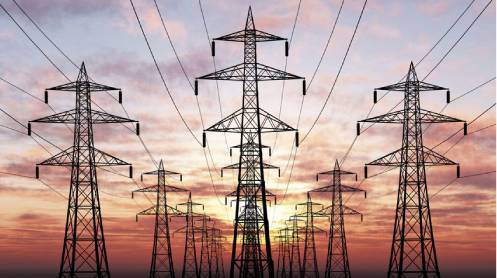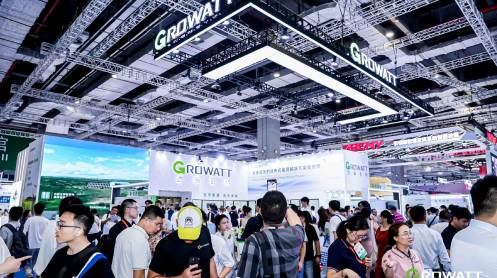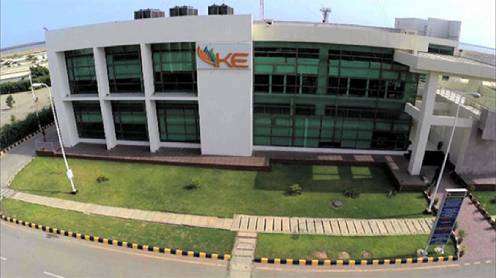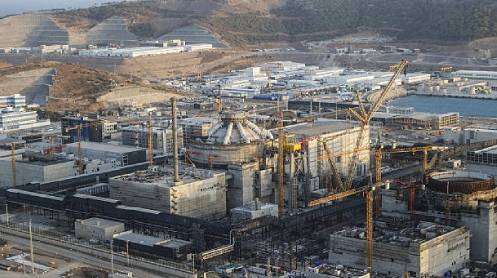KARACHI: Pakistan’s electricity generation surged to a four-year high in April 2025, reaching 10,513 gigawatt-hours (GWh), marking a robust 22% year-on-year (YoY) and 25% month-on-month (MoM) increase, according to data released by the National Electric Power Regulatory Authority (NEPRA).
The uptick—driven by soaring power demand due to rising temperatures and reduced industrial reliance on captive power—marked the highest monthly output in 48 months. Analysts attribute the rise to a shift towards national grid usage, spurred by relatively lower tariffs. “The rise in generation is attributed to increased demand, driven by a reduction in tariffs,” said AHL Research Head Sana Tawfiq.
Despite a slight shortfall from the reference generation level (10,550 GWh), the change in fuel mix resulted in Pakistan’s first positive fuel cost adjustment (FCA) since June 2024. The FCA stood at Rs1.27/kWh, owing largely to increased use of RLNG and coal.
The average generation cost in April dropped to Rs8.95/kWh—down 5% YoY and 8% MoM—despite an 8% YoY rise in fuel costs, reflecting improved fuel efficiency.
Hydropower led the generation mix at 22% (2,306 GWh), followed by RLNG (21%) and nuclear (18%). Notably, local coal-based generation rose 59% YoY, while imported coal and natural gas usage dropped by 32% and 26%, respectively. Solar and wind contributed 9.2% combined, and RFO reappeared in the mix at a steep Rs28.77/kWh.
A key policy move in March—imposing a Rs791/mmbtu levy on captive power plants (CPPs)—raised their effective gas cost to Rs4,291/mmbtu, making captive generation nearly Rs42/kWh. This steep cost differential drove industrial consumers back to grid electricity, which averaged Rs28/kWh.
Cumulatively, power generation for the first ten months of FY25 stood at 100,661 GWh, slightly down 0.4% YoY.
Story by Usman Hanif







